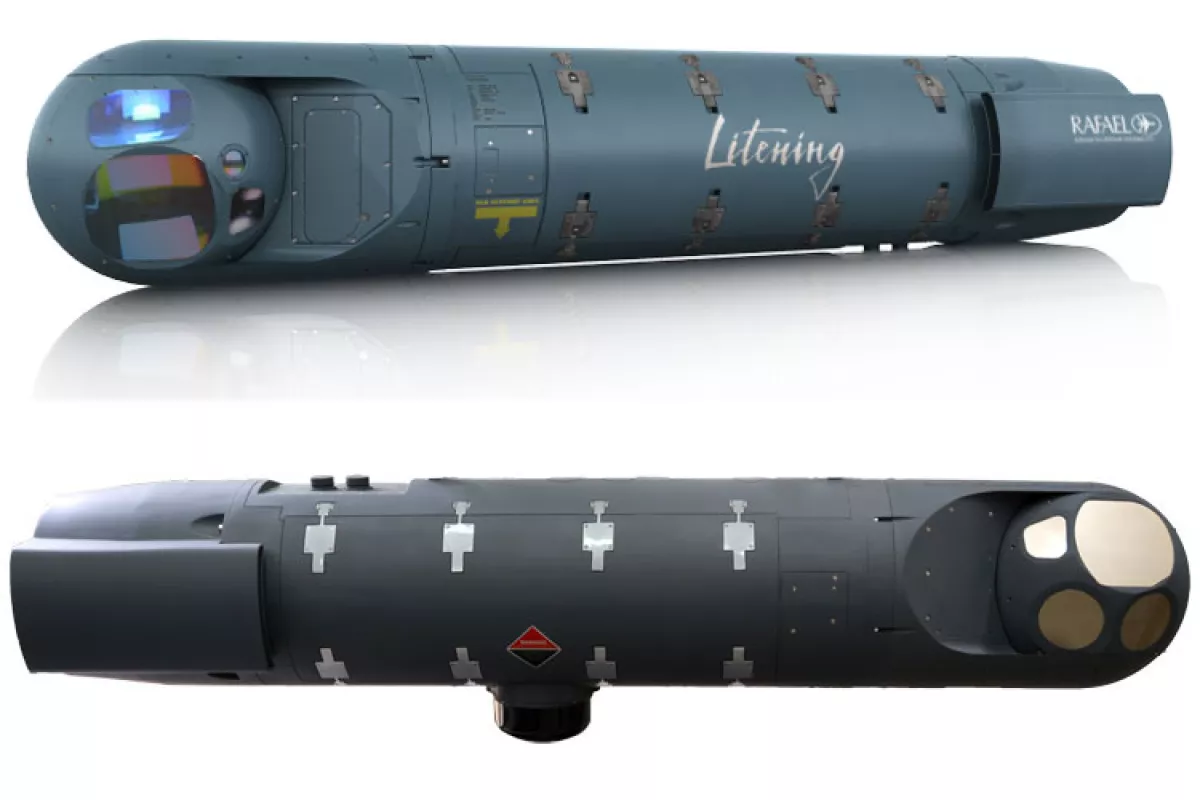Germany enters high-tech deal with Israel's Rafael to upgrade Eurofighter Typhoons PHOTO
Germany’s Bundestag has approved the purchase of 90 Litening 5 targeting pods for the Luftwaffe’s Eurofighter Typhoon fleet, marking a significant upgrade to the Bundeswehr’s reconnaissance and precision strike capabilities.
The move, according to Israeli media, highlights Germany’s enduring defence collaboration with Rafael Advanced Defence Systems and aligns with NATO’s growing emphasis on integrating advanced sensor technology and extending targeting reach in contested airspaces.
The Litening 5, a fifth-generation targeting pod, is operational with 28 air forces worldwide. More than 2,000 units have been delivered, accumulating over 2.2 million flight hours in active service, including real combat operations, making it one of the most widely deployed targeting systems in the world.

Equipped with mid-wave and short-wave infrared imaging, high-resolution color sensors, and dual-wavelength laser designation, the Litening 5 also offers an optional synthetic aperture radar (SAR) for wide-area, all-weather imaging. These capabilities allow military forces to detect, identify, and track targets over long distances across diverse environmental and operational conditions.
The pod enhances both strike and air defense missions. For ground operations, it delivers moving target indication, multi-target tracking, and automated recognition. In the air-to-air arena, it boosts long-range identification, helps locate low radar-cross-section threats, and integrates with missile cueing systems. Additionally, the system improves the detection and engagement of unmanned aerial vehicles, providing operational flexibility across complex threat environments.
Germany’s transition from Litening 3 to Litening 5 reflects satisfaction with the previous system’s performance while addressing the Bundeswehr’s need for improved accuracy, survivability, and scalability. This decision mirrors a broader European trend of modernizing existing aircraft with next-generation sensors rather than relying solely on new airframes.
By Tamilla Hasanova








